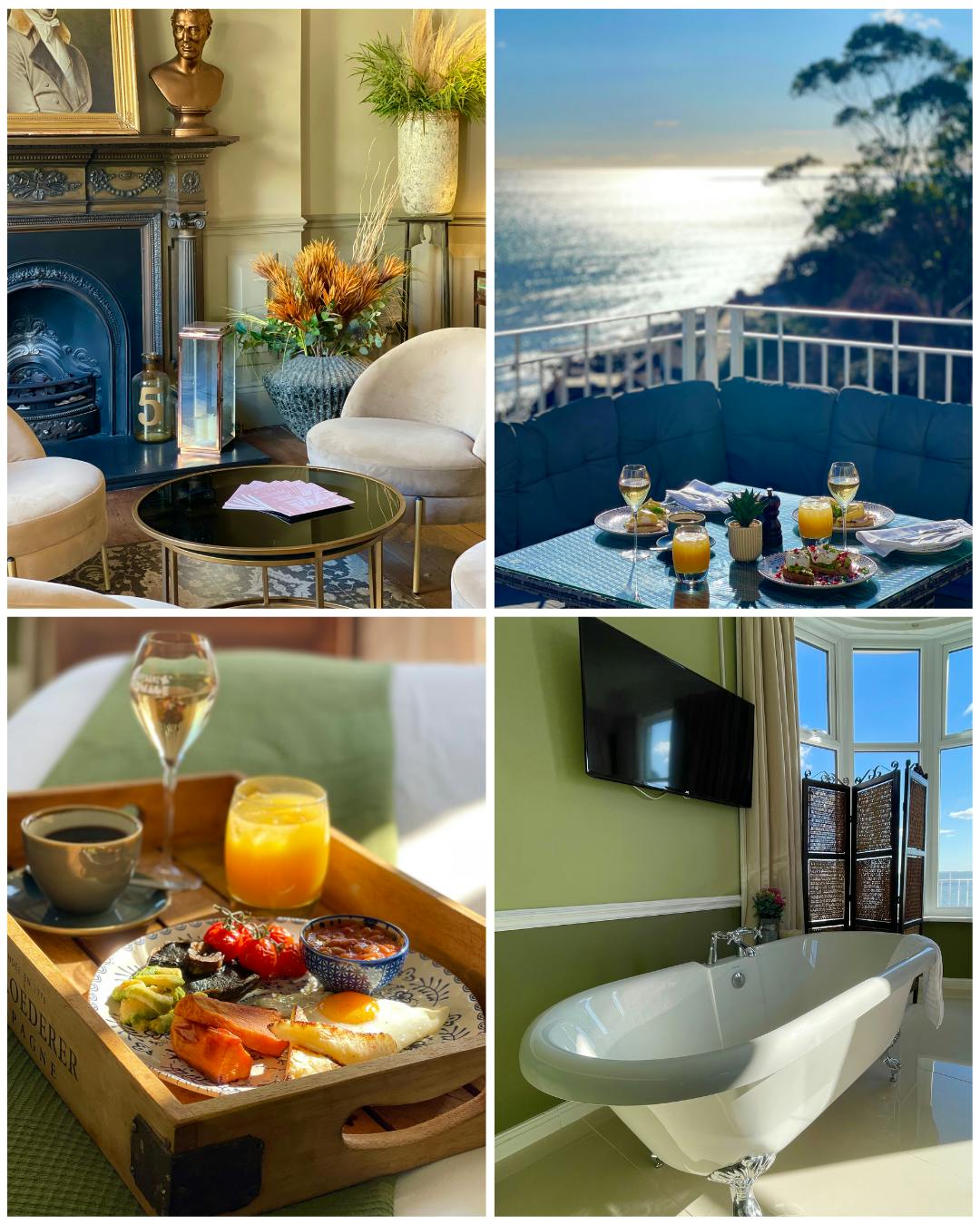About Us


History of The Wellington Hotel
Perched on the cliffs of Ventnor with stunning views of the English Channel, The Wellington Hotel has a rich history that reflects the town’s rise as a Victorian seaside retreat.
Originally a private residence in the early 19th century, the building was transformed into a luxurious hotel as Ventnor grew in popularity. The town’s mild climate, praised by physician Sir James Clark for its health benefits, attracted visitors seeking the fresh sea air and therapeutic surroundings.
By the mid-1800s, Ventnor had become a fashionable resort, drawing royalty, artists, writers, and distinguished visitors. The Wellington Hotel flourished, offering elegant rooms, fine dining and sweeping views of the coast. Its Italianate architecture and terraced gardens made it a landmark of style and sophistication.
The Wellington Hotel stood empty and in a state of disrepair for around five years, weathering the coastal elements. During a walk in the first month of the COVID pandemic, Andy came across the hotel and felt an immediate connection, inspired to restore life to the grand building.
What followed was a long and careful restoration carried out by a small, dedicated team. Today, The Wellington Hotel remains family-run, offering dining, private functions and even holds a wedding licence. What was once forgotten now thrives once more, filled with warmth, character and the spirit of Ventnor’s coastline.
TripAdvisor Traveller's Choice Award 2024 and 2025. This award recognises businesses that consistently deliver great service.
Booking.com Traveller Review Award 2023 and 2024. This award shines a spotlight on properties with consistently exceptional dedication.
KAYAK Annual Travel Awards 2022, 2023, and 2024. This award highlights partners that go above and beyond for travellers.
Travel Proud Certified. This certification signals to travellers that the accommodation is committed to making everyone feel safe and respected, no matter who they are or who they love.


